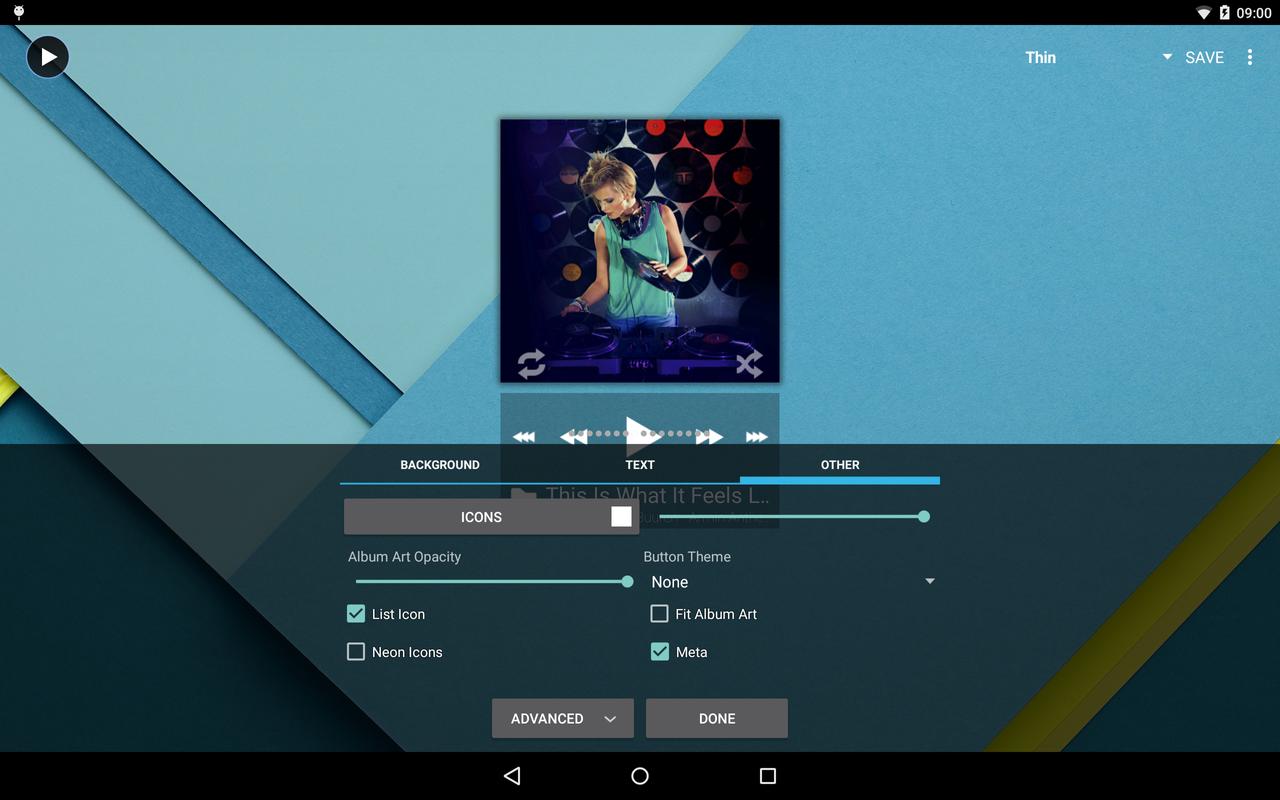
If you don't have ADB installed on your computer, see the instructions in . If you are more technically minded, you can also do this using an command-line instruction in ADB (Android Debug Bridge) on a computer to create the necessary permissions on your phone via a USB cable connection.
#Poweramp app by max mp android
You are now done with the USB cable, and you should be able to activate the actual feature on your phone/tablet via PA-EQ Settings > Equalizer > Advancer Player Tracking:Ĭlicking on Notification Listener Permissions in the above screen will take you to the following Android screen so you can enable access for the PA-EQ app:Īfter all that is done, play something in one of the previously-missing apps (e.g. YouTube Vanced) and you should see it as selectable in the PA-EQ Settings > Equalizer > Known Players list: Your phone/tablet may also pop up a prompt requesting permission for the external device to connect via USB, just accept the request. Note: on some phones/tablets, you may first need to go into the Android Developer Options and activate the "Disable Permission Monitoring" toggle switch. This method doesn't require anything to be installed, you just go to the web page and follow the instructions. Once connected, the easiest method to assign the necessary permissions is to use our provided web-based tool - - which you must access using the Chrome or Edge browser on the other device. For phone-to-phone connections (which don't support regular USB cables) use a USB OTG ("On The Go") cable.

You will first need to connect your phone or tablet to an external computer/phone/tablet via a USB cable.

It's a one-off task, so once it's done you shouldn't need to do it again.

The following is a slightly tweaky method (which does not need root) to allow Android to override other app's output limitations and provide EQ support for most audio apps. The Poweramp Equaliser app is designed to operate with other Android audio apps which already specifically allow external modification of their sound output - and you can see and enable those apps in the 'Known Players' list in Settings - but there are some other audio playing apps which don't indicate that they allow access to their audio output for this sort of adjustment.


 0 kommentar(er)
0 kommentar(er)
